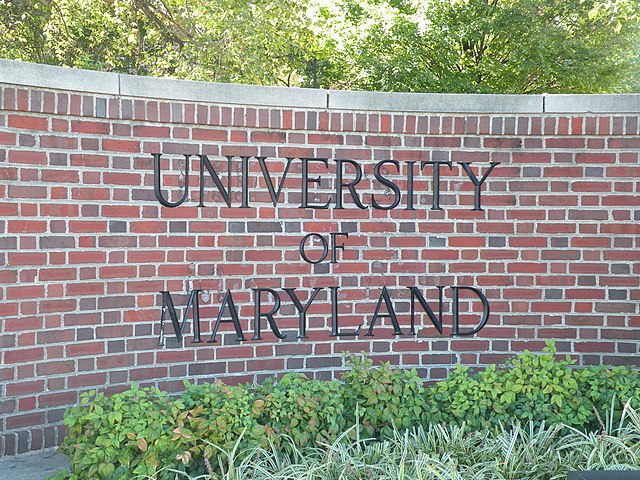University of Maryland dedicates newest residential hall in honor of its first African American students
University of Maryland’s Johnson-Whittle Hall—named after Elaine Johnson Coates and Hiram Whittle—shows the school’s growing commitment to equity and Coates’ impactful legacy.

BY NAIMA BEAD
Although the black and white photographs and video footage of events during the Civil Rights Movement may seem old to some, the impact of the movement’s legacy continues to be recognized today. The University of Maryland, for example, recently named its newest residential building after two of its first African American students, Elaine Johnson Coates and Hiram Whittle.
Coates, 84, who was also UMD’s first African American graduate, entered the school in 1955 and graduated with a degree in education in 1959. When she began her undergraduate career, she was one of only seven black students on campus.
“Whenever I went into a situation that I felt uncomfortable, I made myself go to the head of the classroom,” Coates said. “I made myself sit up front so they would see me. It wasn’t comfortable at all times, but it gave me more confidence.”
Although UMD was not Coates’ top choice, she decided on the University because of its close proximity to her family home. As one of the few Black people on campus, Coates experienced racism and exclusion — at the hands of both students and faculty. She described the situation as “tense” and said she was “frightened because it was the first [time] that Blacks had been allowed to live on campus.”
Coates’ perseverance has not gone unnoticed. On the 30th of September, the University will celebrate the dedication of Johnson-Whittle Hall. The decision to dedicate the residential hall in Coates’ and Whittle’s was made by Head of Student Affairs Dr. Patty Perillo and UMD president Darryll Pines.
Perillo said she found the construction of the dorms to be the perfect opportunity to honor two UMD trailblazers – more specifically, alumni of color who have changed UMD history.
“One of the most important things that [Coates’] legacy will leave us with – I think eternally – is Black women that will come to know that they, too, can be like that,” Perillo said. “They, too, can be and should be honored in those ways.”
The addition of the Johnson-Whittle Hall is one of several steps the University has taken to make its campus more welcoming to students of color.
Perillo listed curricular programs, courses and cultural clubs as among the resources for students of color at the University. Perillo added that UMD will continue to create a diverse and equitable environment by creating five new cultural centers in the next year and a half.
The dedication of the Johnson-Whittle Hall has not only meant something to Perillo and the UMD community but also to Coates.
“Given this award and the building coming up, [UMD is] showing their diversity and really working on inclusion,” said Coates.” That was not something that I experienced, but it’s where they’re headed,” said Coates.
Perillo emphasized that the dedication of Johnson-Whittle Hall is an acknowledgment of the school’s past mistreatment of its students of color.
“It is hard to move forward if you haven’t healed,” Perillo said. “You have to name and recognize the wrongs that were done, apologize for them, be transparent about them. That’s what we’re trying to do at Maryland.”
With the naming and dedication of Johnson-Whittle Hall, the University of Maryland is taking a significant step in that direction.






